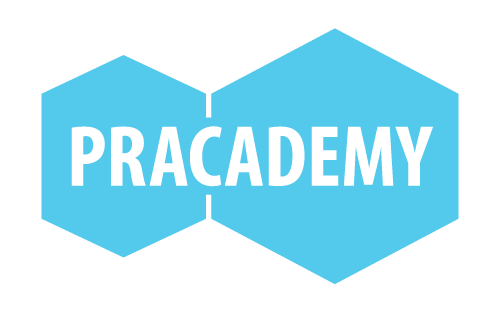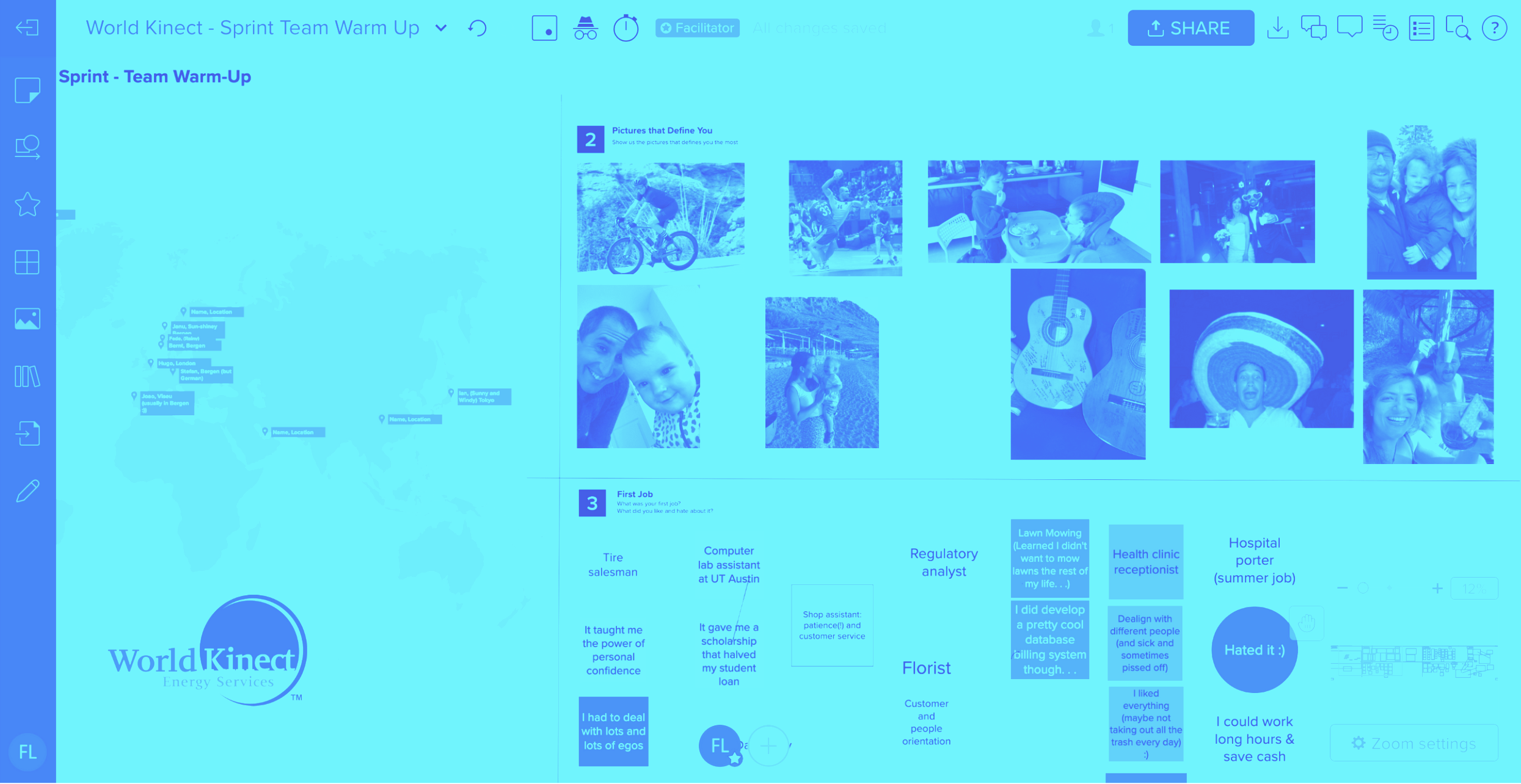
World Kinect Energy
World Kinect Energy is trusted by 65,000 customers worldwide. It manages 200 TWh of power and gas and touches 1.5% of global fuel demand, making it one of the top energy firms in the world.
7 Subject-Matter Experts |
1 Top Manager |
6 Nationalities |
5 Global Locations |
5 Weeks Online
“We reached out to Pracademy right after the Covid-19 pandemic hit. We wanted to continue innovating, yet knew that doing so remotely would be a challenge. The Online Design Sprint with Pracademy enabled us to continue innovating on our services and helped our team develop solid creative competencies. Super valuable experience!”
— Janu Ramchandani, Snr. Manager, Global Renewable Energy Solutions, World Kinect Energy Services
Covid Challenge
It was March 2020 and the Coronavirus pandemic was in full swing. It was in the midst of this uncertainty that Janu Ramchandani reached out to us. Janu was a long-time design-thinking student of Pracademy so we were thrilled to hear from her again. Janu and her global team were adamant that travel restrictions and lockdowns should not preclude them from continuing to offer their clients innovative, industry-leading sustainability services.
Global & Cross-Disciplinary Participation
The team included members—based in Japan, the UK, France, and Norway—with a diverse set of skills and backgrounds including sales, marketing, finance, strategy, and product development.This team of energetic, talented managers were very clear about one thing: they were ready to collaborate and innovate despite the fact that Covid was turning industries and markets upside down.
Building Psychological Safety
With the solid support of Kinect’s top management, the team met on Zoom for the first time and had some initial laughs. We danced in front of our laptops, feeling quite awkward. Why the heck are we being so silly, someone asked? The goal, of course, was to start to build some kind of psychological safety amongst each other—the feeling that it’s okay to be weird and act outside the norms of day-to-day corporate life. We shared personal stories, gave each other virtual tours of our home offices, talked about why we thought our work mattered, and let our hair down.
Making the Sprint Happen
Then we got down to business. This involved scheduling twelve online sessions where we would use remote tools to go from vague product idea to functional prototype. We discussed individual priorities, shared initial market contexts, and landed on a solid strategic plan for our Sprint. The sessions flowed smoothly. We began by setting a clear long-term goal and mapping out the problem space. From there, we leveraged the power of cross-pollination by “stealing” ideas from radically different industries. We considered—and laughed about—potential connections between the energy sector and many other seemingly random industries. This served as inspiration for multiple rounds of brainstorming and ideation.
Rapid Digital Prototyping & Testing
Once we voted on the highest-potential ideas, we immediately moved to the rapid prototyping phase. The more technically oriented members of the team thrived here, coming up with various digital solutions on Figma, our go-to prototyping tool. This laid out the start of the arduous testing phase. The team realized quickly that letting go of their ideas and testing them on real users was an initially painful process. Releasing their “babies” into the world was hard—and instructing. The more the team exposed their prototypes to the world, the more they realized how far off their idea was to the deep needs of their users. Slowly but surely, though, they began to gain traction and gravitated towards a solution that addressed real client pain points.
Landing On a Solution
After several weeks of iteration and pivoting, the team landed on a solution that resonated with the core client and fit the strategy of the organization. Kinect is currently live testing the innovative solution in order to land on a sustainable product. Through the process, the Sprint team learned how to trust the process, have a strong bias towards action, build on teammates’ ideas, remain open to the unknown unknowns, and take initial fuzzy ideas to prototypes, which can enable the correct decisions to me made.






